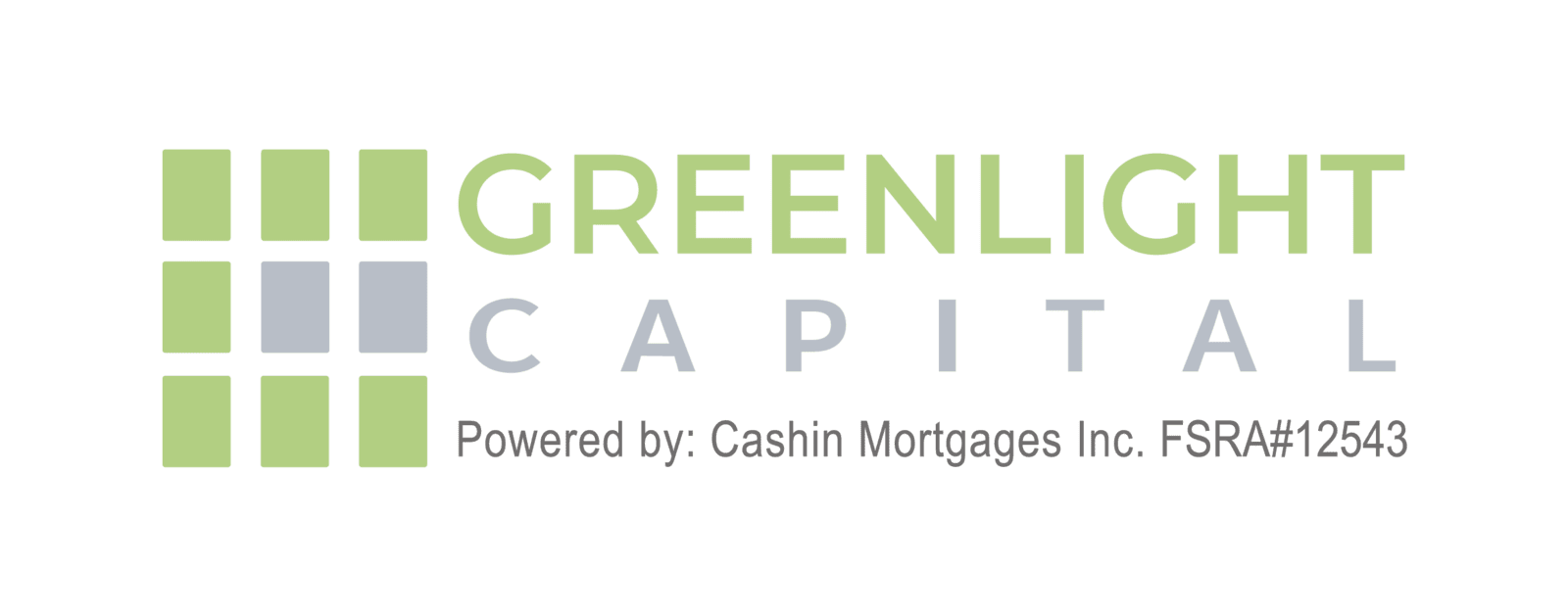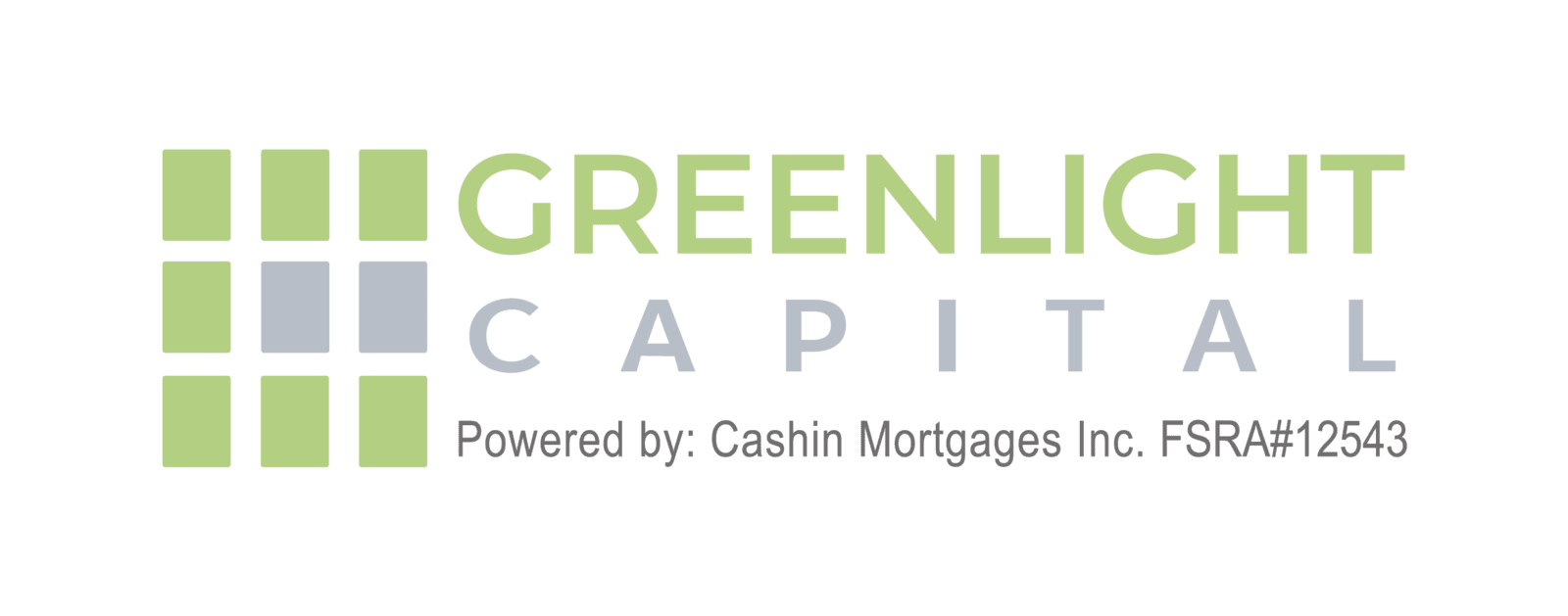
Where Private Lending Stands in 2025 So Far
As we cross the midpoint of 2025, the private lending industry stands at a fascinating juncture. Against a backdrop of ongoing global economic uncertainty, market volatility, and significant shifts in both investor appetite and borrower demand, private lending continues to prove its resilience and adaptability.
Resilience in a Volatile Macro Environment Traditional Mortgage
Private credit and direct lending have weathered a complicated macroeconomic climate in 2025. The sector entered the year with significant optimism, largely due to robust activity and investor appetite witnessed in late 2024. However, ongoing trade policy tensions and the threat of inflation have tempered some of that early enthusiasm, leading investors to a more cautious “wait-and-see” approach.
Despite occasional slowdowns, notably in new financings after an active start to the year, deal flow continues. Private lenders have been able to take advantage of volatility—as banks and liquid credit markets retrench, private credit fills the gap with customized, flexible, and timely capital solutions for borrowers. History shows that periods of unpredictability typically lead to private credit gaining market share, and 2025 is proving no different.
Interest Rate Landscape
With central banks, including the Bank of Canada, maintaining relatively high base rates—averaging about 3.5% for the year—floating-rate private credit assets continue to offer attractive returns compared to many public market investments. This dynamic has helped sustain investor interest even as spreads have started to widen slightly, reflecting a cautious pricing of credit risk amid uncertainty.
What’s Driving Growth?
Increasing Demand and Allocations
Institutional appetite for private debt remains high. Recent data show that more than 40% of global limited partners (LPs) plan to increase allocations to private credit over the next year, outpacing other asset classes. Fundraising for direct lending strategies continues to break records, with large “mega funds” capturing a growing share but also paving the way for niche specialty finance and opportunistic credit strategies to enter the mainstream.
Key growth drivers include:
The need for bespoke and covenant-light capital structures
Higher yields relative to public fixed-income markets
Execution certainty and speed typically unavailable from traditional banks
Growing opportunities as companies—for a variety of strategic or operational reasons—continue to seek private funding rather than public capital markets
Key Trends Shaping 2025
Convergence with Public Markets: The line between public and private markets is blurring. Middle-market direct lending and broadly syndicated loans are increasingly competing for many of the same borrowers, creating renewed competition and new possibilities for credit investors.
Flight to Quality: Investors and managers are showing a marked preference for higher-quality borrowers and “defensive” industries, such as healthcare, technology, and essential consumer services. This trend is especially pronounced amid ongoing tariff policies and inflation concerns.
Rise of Specialty Credit: LPs are branching out into less traditional strategies—asset-based lending, litigation finance, NAV lending, and royalty financing—which offer higher returns and diversification away from standard direct lending.
The Canadian Landscape:
As a leading private lender, Greenlight specializes in providing mortgage and alternative lending solutions to Canadians who do not fit the strict criteria of traditional banks. Their focus is on being flexible, fast, and responsive, qualities that resonate in today’s market where borrower profiles and lending needs are increasingly diverse.
Strategy and Performance in 2025
Greenlight’s approach aligns with market trends:
They offer tailored solutions for clients turned away by conventional lenders, a demographic expected to grow as economic volatility persists.
Their expertise in structuring non-bank mortgage products gives them a critical edge, ensuring borrowers receive funding without the extended delays or inflexible requirements associated with institutional lending.
Greenlight’s agility in underwriting non-standard mortgages has allowed them to capitalize on shifting local real estate dynamics and the demand for prompt, individual-focused financing solutions.
Investor Perspective: Risks and Rewards
Returns Remain Attractive
Relative to public markets, private lending continues to be a source of stable, robust yields. Even as spreads on some new loans have widened slightly (by about 50bps in early Q2), overall returns remain highly competitive, especially for floating-rate credit investments that benefit from the current interest rate regime.
Navigating Uncertainty
Risks remain—notably around macroeconomic variables like trade policy, further inflation, and growth prospects. Yet, the sector’s flexibility and the proliferation of risk-mitigated structures (e.g. higher collateralization, tighter covenants on select deals) are helping navigate these challenges.
The Second Half of 2025: What Lies Ahead?
The outlook for the remainder of 2025 is cautiously optimistic:
Dry Powder and M&A Potential: Private equity sponsors sit on historically high levels of undeployed capital (“dry powder”), setting the stage for renewed deal activity once the macro landscape stabilizes. This will almost certainly create further lending opportunities for private credit platforms.
Continued Consolidation: As direct lending matures, expect increased consolidation among lenders but also greater diversity in specialist and niche strategies, fueling further innovation and competition.
Focus on Relationship Lending: Borrowers, valuing certainty and speed, are looking to build long-term relationships with trusted private lenders—benefiting from Greenlight Capital Canada, who have demonstrated both reliability and creativity in meeting client needs.
Conclusion
The mid-year checkpoint for private lending in 2025 confirms the sector’s enduring strength—and its central role in financing the real economy, even amid headwinds. Investors are navigating turbulence by prioritizing quality and flexibility, while Greenlight Capital Canada are thriving by addressing unmet borrower needs. With significant capital waiting on the sidelines and new opportunities emerging, private lending looks set to remain at the forefront of alternative finance for the rest of 2025 and beyond



